Scientists screened 1,785 ancient human genomes from the last 45,000 years for parental relatedness.
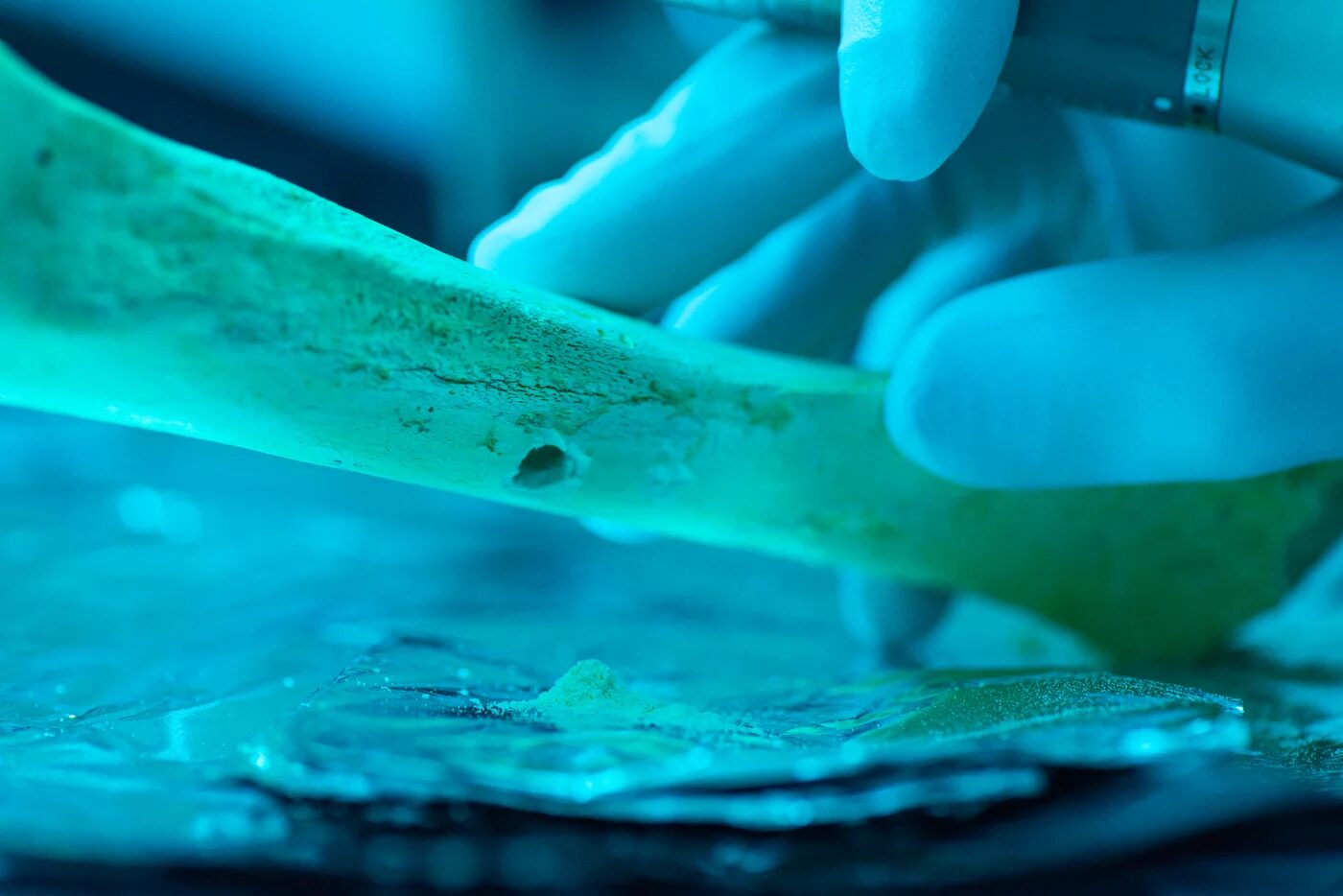
© MPI for Evolutionary AnthropologyThe researchers screened DNA extracted from ancient human remains for the genomic signs of parental relatedness.
At present-day, more than ten percent of all global marriages occur among first or second cousins. While cousin-marriages are common practice in some societies, unions between close relatives are discouraged in others. In a new study, researchers from the Max Planck Institute for Evolutionary Anthropology in Leipzig, Germany, and the University of Chicago investigated how common close parental relatedness was in our ancestors.
The researchers re-analyzed previously published DNA data from ancient humans that lived during the last 45,000 years to find out how closely related their parents were. The results were surprising:
Ancient humans rarely chose their cousins as mates. In a global dataset of 1,785 individuals only 54, that is, about three percent, show the typical signs of their parents being cousins. Those 54 did not cluster in space or time, showing that cousin matings were sporadic events in the studied ancient populations. Notably, even for hunter-gatherers who lived more than 10,000 years ago, unions between cousins were the exception.
To analyze such a large dataset, the researchers developed a new computational tool to screen ancient DNA for parental relatedness. It detects long stretches of DNA that are identical in the two DNA copies, one inherited from the mother and one from the father. The closer the parents are related, the longer and more abundant such identical segments are. For modern DNA data, computational methods can identify these stretches with ease. However, the quality of DNA from bones that are thousands of years old is, in most cases, too low to apply these methods. Thus, the new method fills the gaps in the ancient genomes by leveraging modern high-quality DNA data. "By applying this new technique we could screen more than ten times as many ancient genomes than previously possible", says Harald Ringbauer from the Max Planck Institute for Evolutionary Anthropology, the lead researcher of the study.
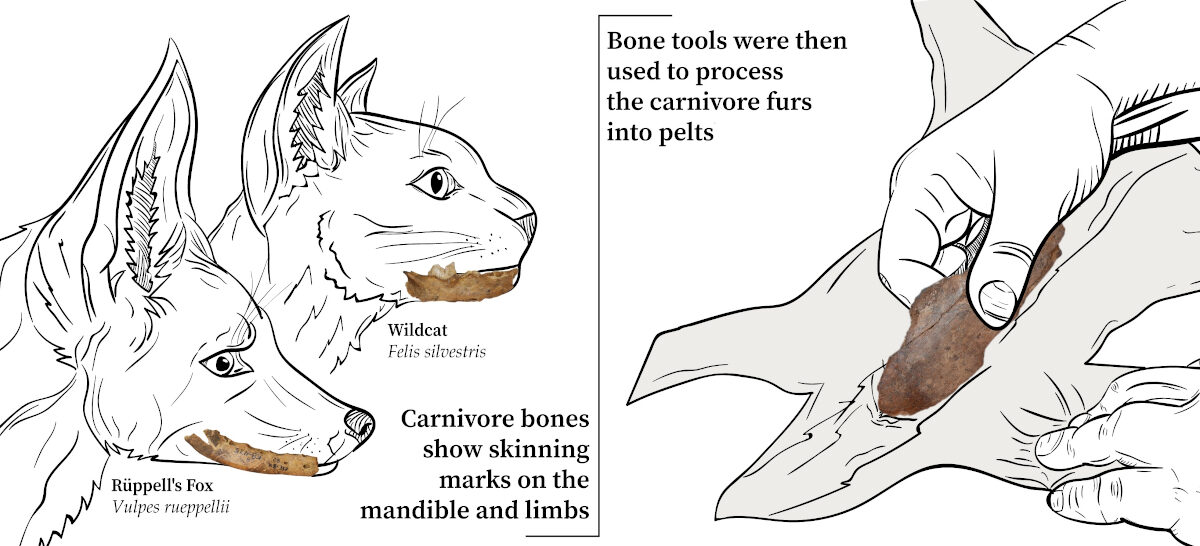

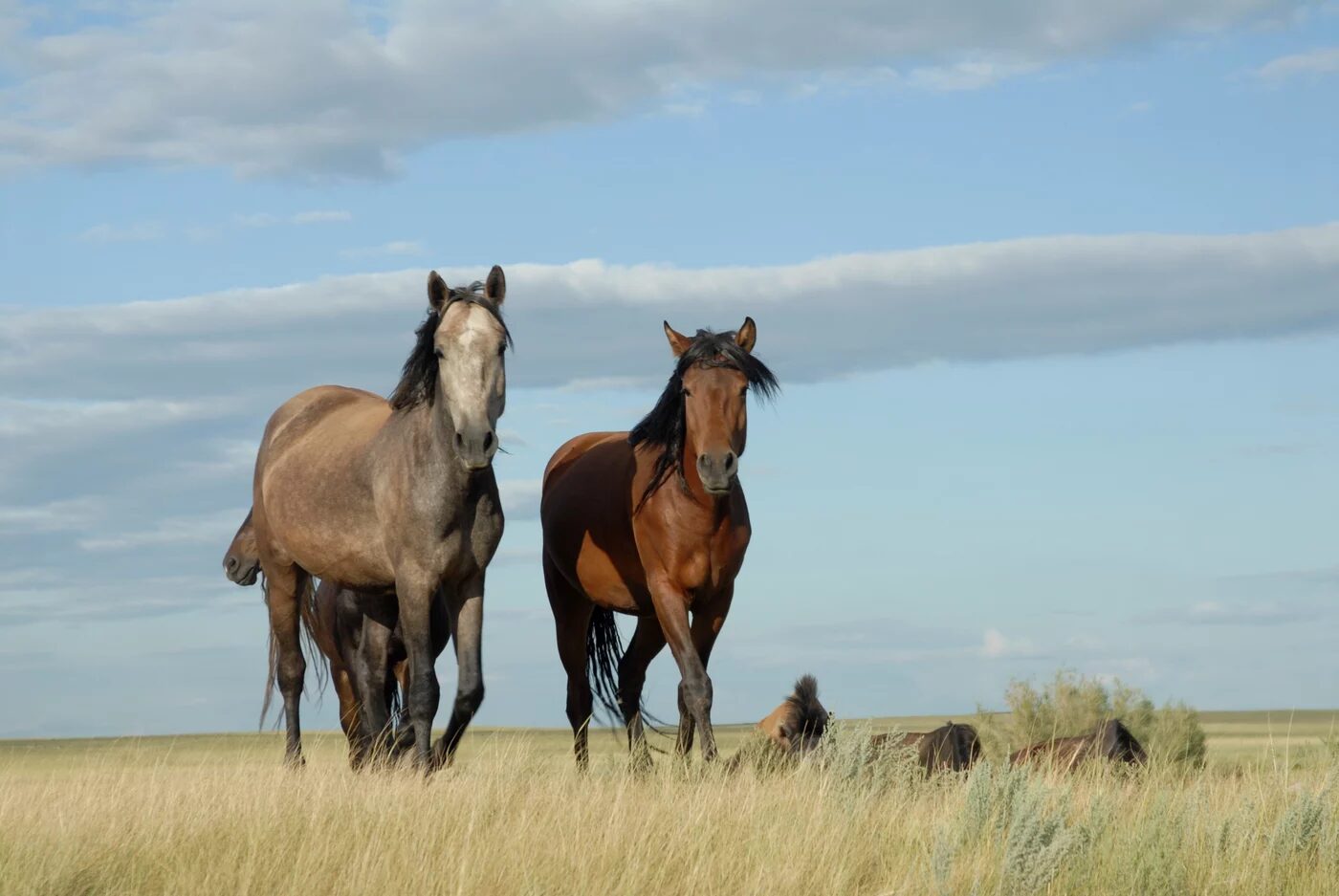

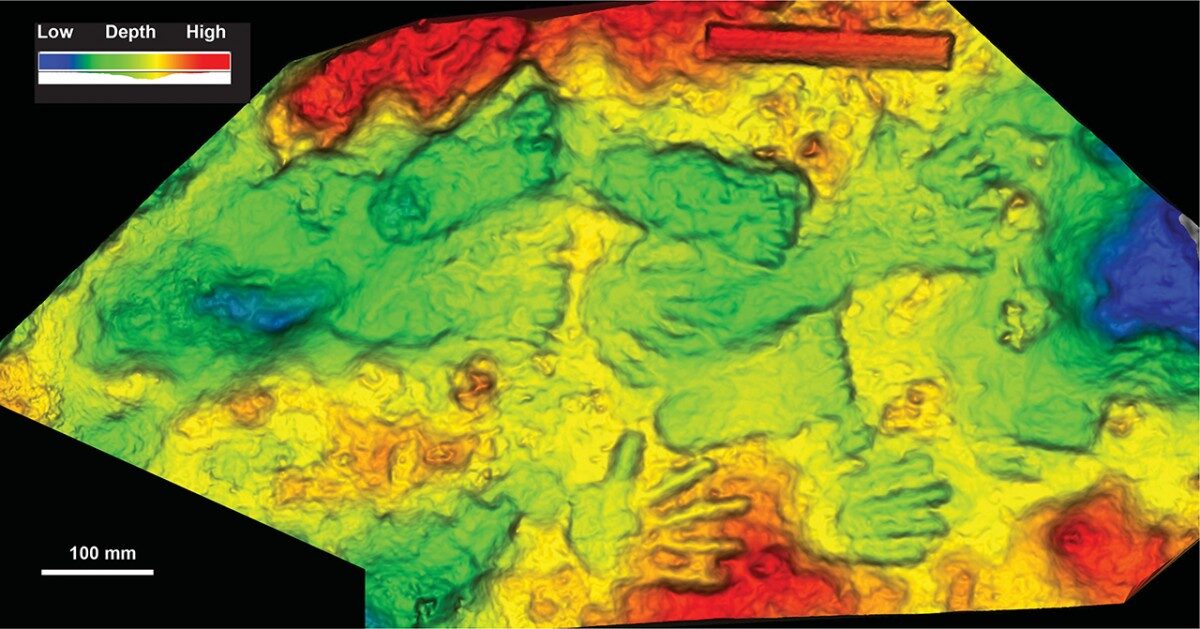
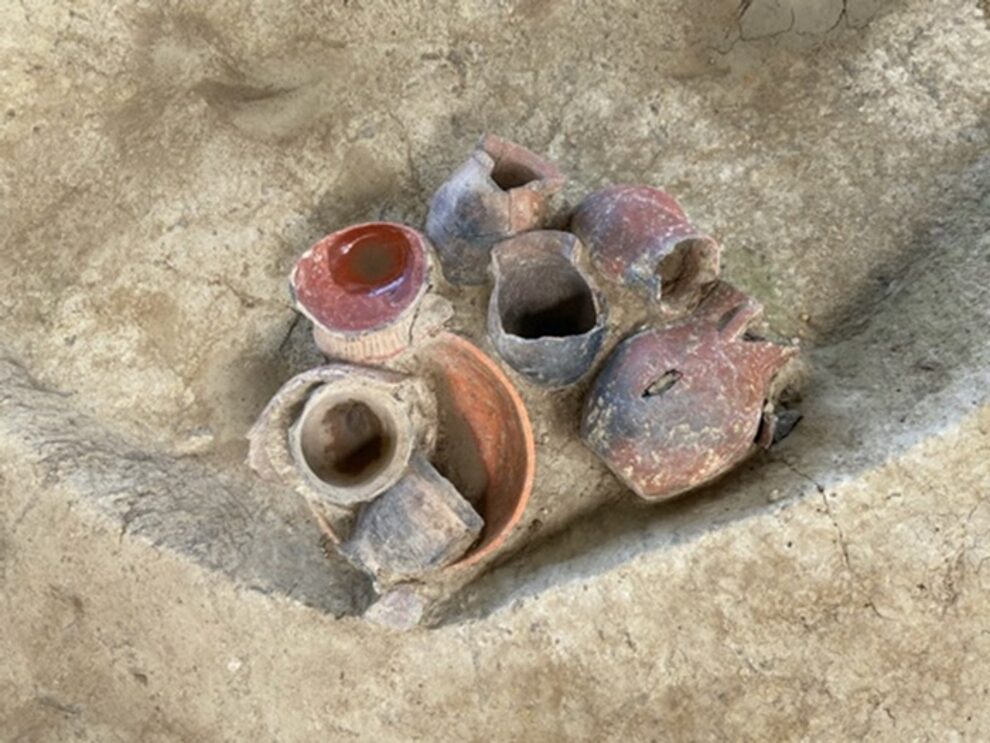







Comment: And there's every reason to believe that Mossad & co. are still at it: Forbes asks: 'Was Israel responsible for the Beirut explosion?'
See also:
- Israel's secret history of assassinations
- Why 'Israelis' Danced on 911
- 9/11 'cancer on steroids': 10,000 related cases including men with breast cancer
- Revisiting Dr Judy Wood - Because she's right about 9/11And
- Dr. Judy Wood - Where Did the Towers Go?
- 9/11 Mythology: The Big Lie Of Our Time
And check out SOTT radio's: Behind the Headlines: No Ordinary Inside Job - The 9/11 Psy-Ops